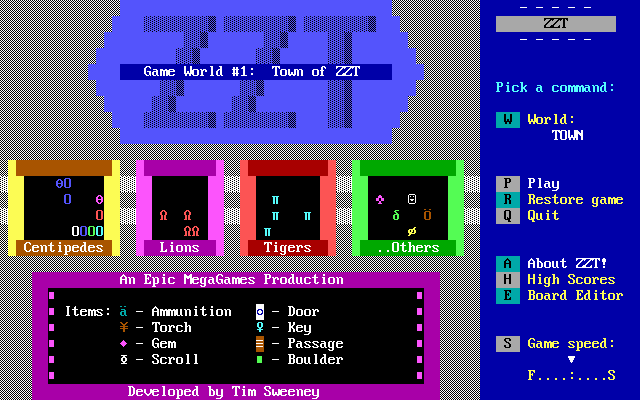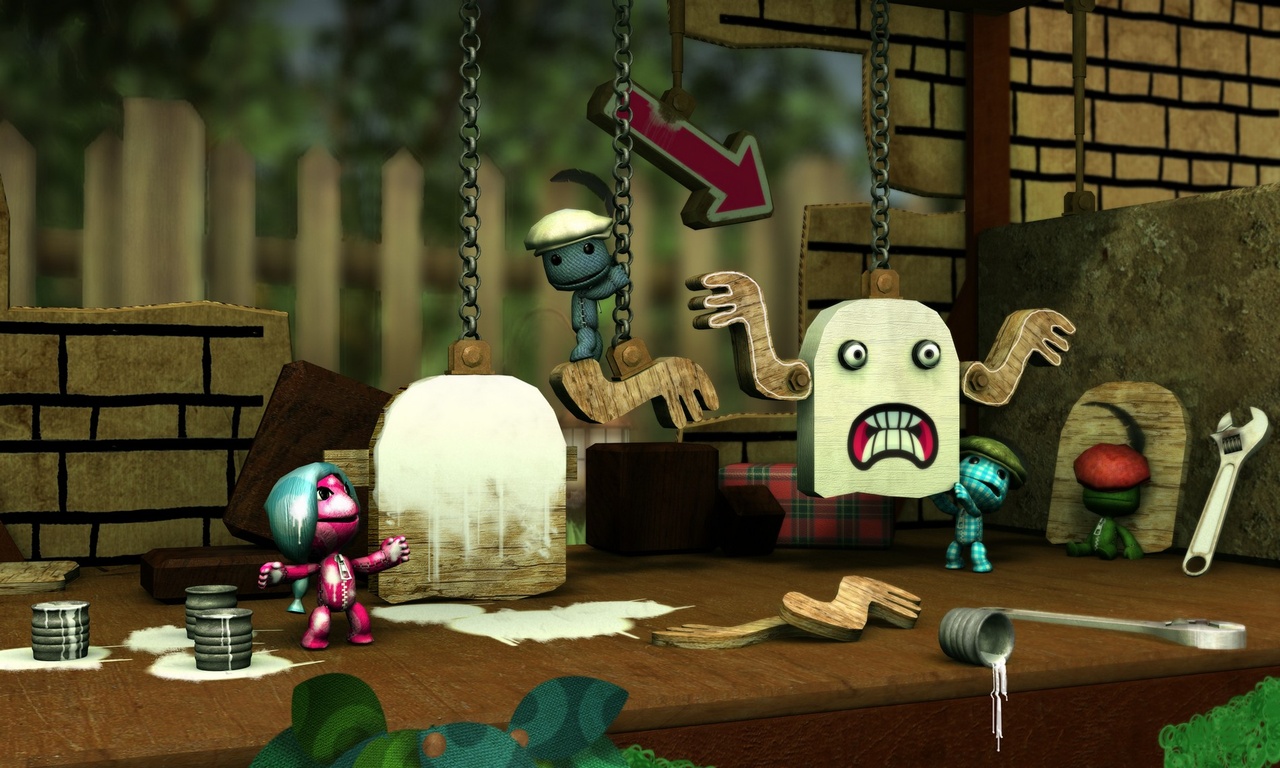Blog Archive
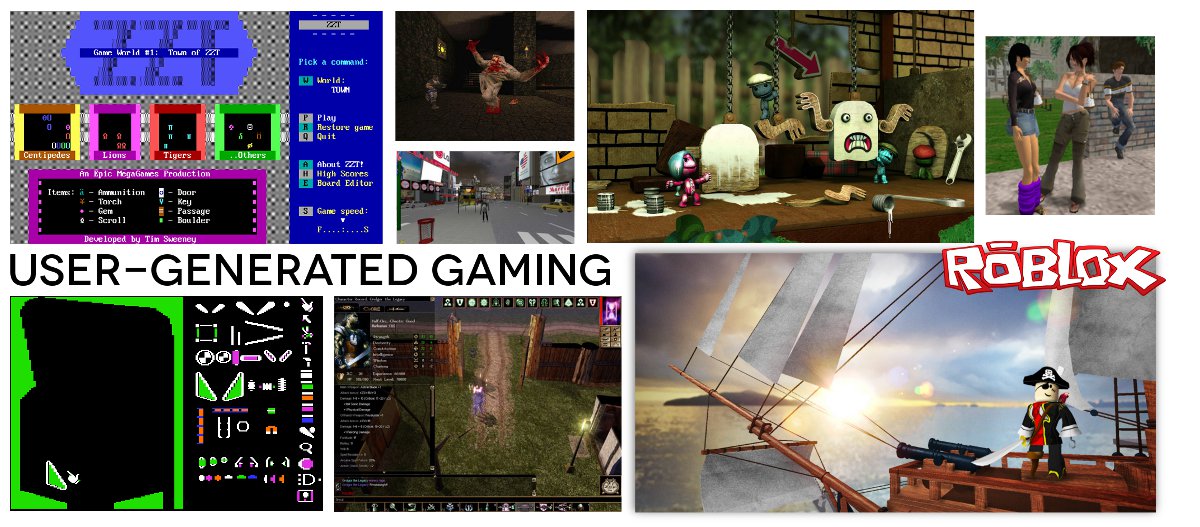 Here at ROBLOX, one of our goals is to make your world-building experience easy, flexible and fun. We’ve got teams of developers working tirelessly to ensure that creating and sharing games is a seamless experience, and that the tools you need are both user-friendly and deep.
Here at ROBLOX, one of our goals is to make your world-building experience easy, flexible and fun. We’ve got teams of developers working tirelessly to ensure that creating and sharing games is a seamless experience, and that the tools you need are both user-friendly and deep.
And though ROBLOX users now create millions of games per year, we can’t take credit for inventing user-generated gaming. User-generated content has existed in the realm of video games for decades, though only a small fraction of gamers had the technical know-how to truly embrace the idea.
Still, we think the games that encouraged user-generated content instilled key values that inspired us to become who we are today. So we thought we’d take a fond look back at some of those ground-breaking games, and share them with you. Enjoy.
1983: Bill Budge’s Pinball Construction Set
You could argue that this simple game built the groundwork for user-generated games as a whole. Bill Budge, inspired by his previous Apple II creation Raster Blaster, wanted to create a game that featured open-ended development tools that could allow users to create and customize their own pinball machines. What he created was ingenious in its simplicity–you started with a blank table, and simply dragged and dropped each of the pieces from an inventory of items to the right. Though the “drag and drop” concept may seem archaic now, it was a radical notion at the time.
1991: ZZT
Before creating the ground-breaking Unreal series, Tim Sweeny developed ZZT. The game is notable for numerous reasons, the biggest being that its object-oriented scripting language, which became known as ZZT-OOP, allowed for an unprecedented amount of creative control. This gave users the ability to create a wide range of virtual settings, leading, inevitably, to lots of different types of games, including shooters, RPGs and strategy. Similar to proceedings here at ROBLOX, Sweeney encouraged registered users to build their own virtual worlds and send them to him directly, culminating in the release of The Best of ZZT a few years later.
1995: Active Worlds
Originally designed to be a 3D version of a 2D web browser, Active Worlds was one of the premiere virtual reality platforms of the 90s. It included many of the capabilities web browsers had at the time, like voice chat and instant messaging, but users were able to build 3D structures using a myriad of different supported scripts, including trueSpace and DirectX. They could then share their worlds with the community. On a smaller scale, Active Worlds also allowed users to share custom-built objects with one another.
1996: Quake
The first-person shooter that changed it all, Quake was one the first shooters to feature
 an openly accessible scripting language known as QuakeC. Initially, modders manipulated the code to address minor bugs and make small changes; it wasn’t long before more experienced modders had turned Quake into an entirely different beast. Team Fortress, a game that heralded the introduction of class-based multiplayer in the realm of first-person shooters, was one of the most played Quake mods of all time, and acted as a catalyst to one of the most popular first-person franchises of our current day and age.
an openly accessible scripting language known as QuakeC. Initially, modders manipulated the code to address minor bugs and make small changes; it wasn’t long before more experienced modders had turned Quake into an entirely different beast. Team Fortress, a game that heralded the introduction of class-based multiplayer in the realm of first-person shooters, was one of the most played Quake mods of all time, and acted as a catalyst to one of the most popular first-person franchises of our current day and age.
1998: Half-Life
Whether or not Half-Life was the biggest first-person shooter of all time is up for debate, but it was surely the most modified. Valve released their software development kit to throngs of eager modders in 1998, and they delivered.
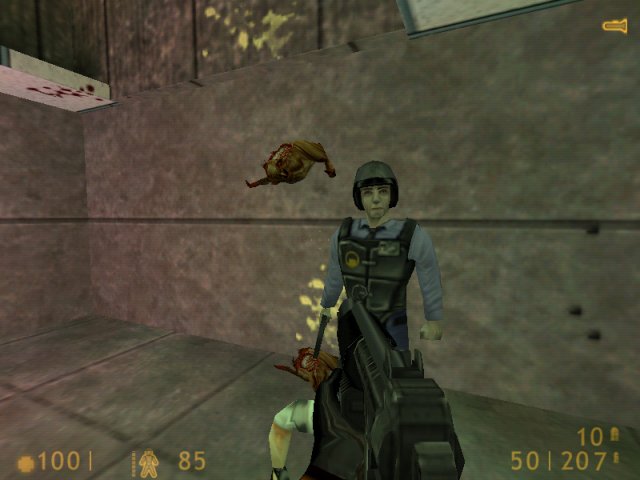
The biggest mod became known as Counter-Strike, an online team-deathmatch that pit the world’s finest special-forces against the world’s surliest of terrorists. Other huge multiplayer titles that were built around the Half-Life Source Engine included Team Fortress Classic, Day of Defeat, Vikings and Knights, and They Hunger, just to name a few.
2002: Neverwinter Nights
Neverwinter Nights was a third-person RPG that shipped with a module-making system called the Aurora toolset, which essentially allowed users to create a wide range of custom content in-game. Users were able to create maps and objects using a complex tile system, and could even run cut scenes and mini games using the built-in scripting language. The toolset was a massive success among the modding community; users began creating new races, classes, and villains to battle, in addition to new worlds and weapons. Two years and thousands of mods later, BioWare bundled their favorite pieces of fan-made material into the Community Expansion Pack as a free DLC.
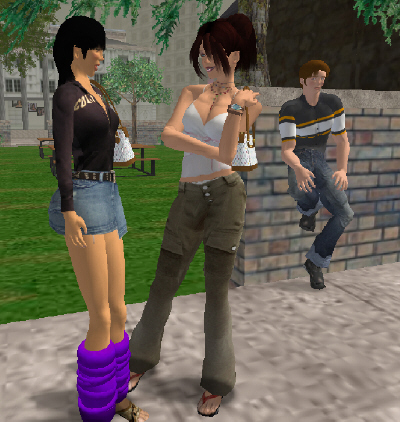 2003: Second Life
2003: Second Life
Probably one of the most controversial titles to come along in some time (to say some people got a little too into it is an understatement), Second Life was undeniably customizable, featuring a three-dimensional modeling tool that allowed users to build characters, environments, and virtual objects. What set Second Life apart from other similar titles, aside from its eventual massive surge in popularity, was that users could create things outside of Second Life and import their creations back into the game.
2008: LittleBigPlanet
LittleBigPlanet finally gave console gamers a taste of what it’s like to share their creations. The biggest and most complex aspect of LittleBigPlanet was the World Builder, where you can design a level, of any size, and fill it with obstacles, tools, villains and puzzles, then share that world with others via the Playstation Network. On a much smaller level, LittleBigPlanet also allowed users to change the look of their “sack people” as well, allowing customizations of hair, eyes, and even facial expressions.
2011: Minecraft
Minecraft is a sandbox game in every sense of the word, allowing users to create anything using thousands of differently textured cubes. Though it was originally developed to let users create and explore 3D worlds, many modders found ways to utilize the system to create some complex pieces of architecture. Minecraft didn’t just please modders with its nearly infinite capability to create objects and landmarks, either—the in-game physics engine allowed hardcore users to build creations that moved, like working computational engines and even a scalable version of the Enterprise! Ultimately, Minecraft became not just a game, but an ever-evolving challenge for modders to one-up each other in a virtual world.

